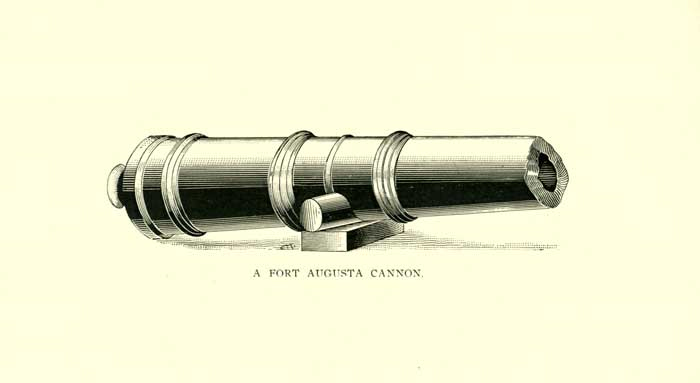|
In 1776, the Senecas and Monseys became hostile toward the west branch settlers. These Native American tribes were seen leaving and cutting down their young corn in July. As the white settlers knew this to be an indication of some new action, they became nervous and sent John Brandy and two to other men to make a peace treaty with the Indians. On the day of the treaty, 100 warrior braves came to Fort Augusta. The treaty was made, but the whites had no gifts to provide the Native Americans, breaching a major code of conduct in treaty etiquette. Thus, the braves marched away and stopped at Derr’s Tavern, near present day Lewisburg, and drank themselves into a stupor. This sparked a quarrel amongst Derr and Brandy and, eventually, Brandy and the Native Americans. Soon, the British started buying white scalps from the Native Americans, giving the Native Americans incentive to attack white settlers. This reinforced a mounting tension which eventually led to the Great Runaway of 1778, in which white settlers from Northumberland and Sunbury fled to Fort Augusta for refuge.

Illustration of a Fort Augusta Cannon
Colonel Thomas Hartley planned to take the fight to the Native American’s homeland in 1778, and Fort August was the rallying point for this effort. Hartley managed to burn Teaoga and Esther Montour’s. These expeditions invigorated the Native Americans, and in July of 1779, escalating tensions on the frontier led to the burning of Widow Smith’s mill. In 1779, John Sullivan followed Hartely’s path and set out to destroy the Native American granaries of New York, putting an end to the Iroquois-Tory raids that plagued the area. His journey cut across the Poconos from Easton to Wyoming, and he successfully laid the Native American-Tory granaries of the Finger Lakes to ruin as well as condemning Fort Niagara with its Indian pensioners to a winter in famine.
Above Information taken from Charles F. Snyder (see bibliography)
Back to Home Page
|